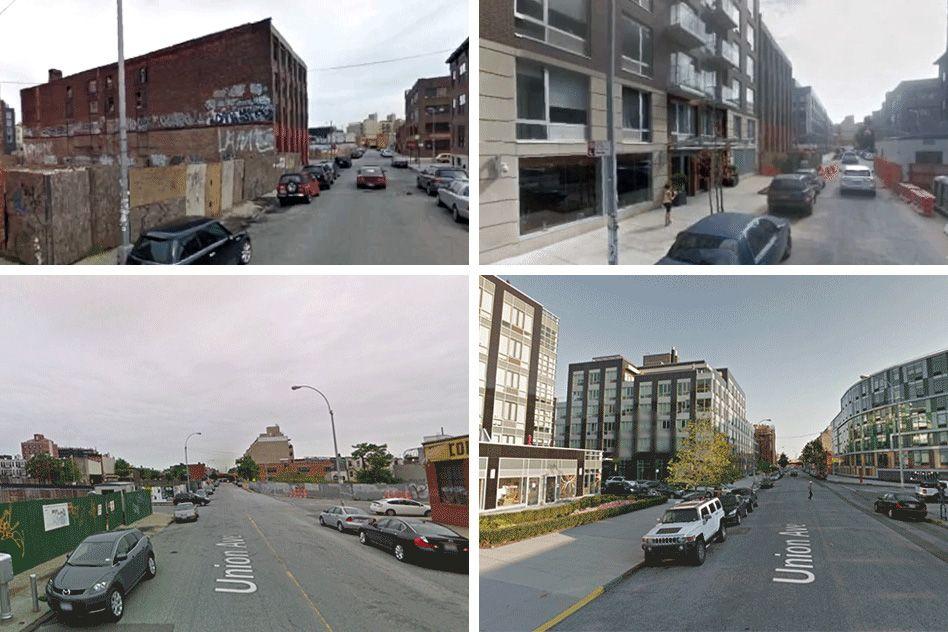As a majority of Indians stayed, worked and studied from home the past year, the need for smartphones skyrocketed. This especially gave a fillip to the pre-owned and refurbished smartphones market — from an annual growth rate of 17% pre-pandemic, this segment recorded 23% growth in CY20, according to Techarc data. As per IDC, in CY 2019, around 30-35 million units of pre-owned smartphones were shipped, whereas in CY 2020, this increased to 45 million units.
Techarc further estimates that only 35% of the overall pre-owned (including refurbished) smartphones market is currently organised. Apart from large marketplaces such as Amazon, Flipkart and OLX, several new players such as MobiGarage have entered this space. These companies are expanding their distribution networks, and focussing on quality and value-added offerings to lure consumers seeking affordable smartphone options in these times.
Renewed demand
Both QuikrBazaar and OLX saw an uptick in consumer interest for pre-owned smartphones on their respective sites in 2020. “During the first wave, the number of enquiries for pre-owned phones increased by 61%, and the supply too jumped by 76%,” says Sunny Kataria, head – commercial excellence, OLX India.
Yaantra, an online platform that repairs and resells smartphones, claims that its revenue grew 40% in Q4 FY21, in comparison to Q3 FY21. The market is bigger in tier II and III cities than in the tier I cities, notes Jayant Jha, co-founder and CEO, Yaantra. The platform saw a 70% surge in people opting for financing options in Q4 FY21, in comparison to Q3 FY21.
PhoneCash, its machine learning-based online platform where phones can be sold, saw 25% growth during the pandemic. Yaantra also supplies refurbished smartphones to a network of offline retail stores, and currently, this network spans 35,000 stores in 200 cities across India. “Our focus is to create a quality brand in the pre-owned smartphones segment, while making them more affordable,” Jha adds.

MobiGarage, another e-commerce platform for refurbished phones, saw an exponential rise in the number of customers as well as revenue since the pandemic. Pulkit Kapoor, its co-founder, says the company has expanded its online delivery to 30 cities in the past six months. “We are planning to add 50 more cities in the coming few months.” MobiGarage plans to create its own brand of refurbished smartphones in the coming months.
Until 2019, most pre-owned smartphones bought were in the Rs 8,000-Rs 11,000 price range. However, during the pandemic, there has been a shift in the type and price points of smartphones being bought, as consumers are looking to purchase durable devices for specific work and learning related use-cases. “Since last year, consumers are willing to pay higher prices for smartphones with better features. The price range of Rs 10,000-Rs 15,000 is in demand,” adds Kataria. Even premium pre-owned smartphones like the ones from Apple and OnePlus — priced at Rs 25,000 and above — are in demand, and comprise one-third of the overall pre-owned smartphones being bought on OLX.
Growing the market
The refurbished segment has been facing a supply crunch, as all of the pre-owned smartphones are locally sourced. Glen Cardoza, senior research analyst, Counterpoint Research, says that if the government eases rules on the import of pre-owned smartphones, “it can solve the supply problem in the country.”
The uptick in sales of new premium smartphones also spells good news for the refurbished and pre-owned smartphone market. “The share of premium phones in the overall smartphone market has risen from 5% in pre-pandemic times to 9% in the past year,” says Faisal Kawoosa, founder, Techarc. Considering that, on average, a smartphone is used for around three to four years, all these premium phones will be pumped back into the pre-owned smartphones market.
Kawoosa notes that adopting the device bundling model, where these platforms collaborate with telecom operators, could help the market grow further.
Most marketplaces are offering ‘value additions’ to alleviate any concerns consumers may have about purchasing pre-owned phones. The availability of no-cost EMI, warranty, discounts, doorstep delivery, demo options, and buy-back offers “have become major trust drivers”, says the QuikrBazaar spokesperson.
Keeping the average selling price low, ultimately, is what will help these platforms stay afloat, analysts say. This is especially crucial, given that Reliance’s JioPhone Next, among the most affordable 4G smartphones in India, is slated to launch on September 10, 2021, at a price point that will likely be less than Rs 5,000.
Follow us on Twitter, Instagram, LinkedIn, Facebook
